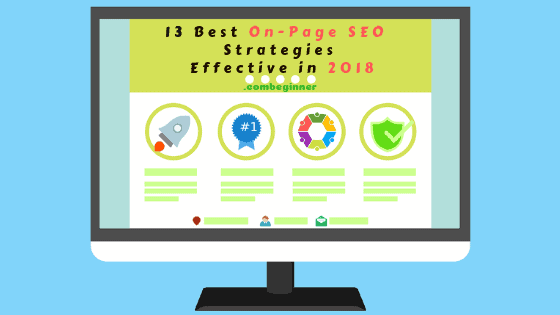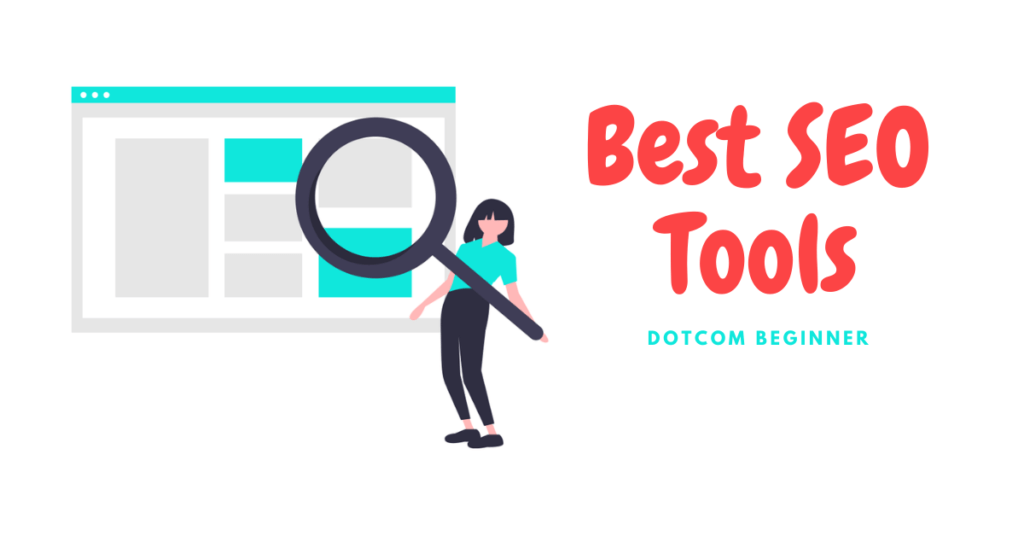Last Updated on January 23, 2023
When it comes to building a website, you may think that user experience (UX) and search engine optimization (SEO) are separate things, but they actually go hand in hand. UX is all about making sure that people have a good experience when they visit your website, from how easy it is to navigate to the design. On the other hand, SEO is about making sure that your website shows up higher in search engine results, like Google.
Here’s the thing: a well-designed and easy-to-use website will likely see more people sticking around and fewer people leaving right away. This can boost your search engine rankings. But if your website is confusing or hard to use, it won’t perform as well in search results.
So, what does this mean for you? It’s important to keep both UX and SEO in mind when building your website. By making sure that your website is both user-friendly and search engine-friendly, you can create a website that not only ranks well but also gives people a great experience.
Key Takeaways (TL;DR)
- UX and SEO are closely intertwined, and a great user experience can improve a website’s search engine rankings.
- Improving metrics such as click-through, bounce, and dwell time can positively impact SEO.
- Designing a user-friendly website, improving page speed, and mobile responsiveness, and creating engaging and valuable content are key strategies for optimizing UX for SEO.
- Analytics tools can be used to track UX metrics and make data-driven improvements to the website.
- A/B testing can be used to test and optimize different aspects of the website for better UX and SEO.
🌟 The Importance of User Experience in SEO
(SEO) efforts. Search engine optimization (SEO) can be greatly helped by a website’s good user experience (UX). People who have a positive experience on a website tend to spend more time on it, engage with the content, and come back in the future. These are signals that search engines use to determine how relevant and trustworthy a website is, which can lead to a higher rank in search results.
In addition, metrics such as click-through rate (CTR), bounce rate, and dwell time can also be used by search engines to determine the value of a website. A high CTR suggests that users find the website’s search results relevant and useful. A low bounce rate suggests that users engage with the content and find it valuable.
A website with a good user experience is also more likely to be shared on social media and get backlinks. Since backlinks are a major factor in SEO, a website with a good user experience is more likely to have a higher search engine ranking.
🌟 How to Optimize User Experience for SEO
There are a number of best practices for designing a user-friendly website that can also help improve SEO.
- Navigation should be clear and intuitive, making it easy for users to find the content they’re looking for.
- The use of whitespace and a clean layout can help guide the user’s eye and make the content more readable.
- Using a responsive design that adapts to different screen sizes can help ensure that the website is accessible to all users, regardless of the device they’re using.
- Incorporating multimedia elements such as images, videos, and infographics can make the content more engaging and help break up text-heavy pages.
Improving page speed and how well it works on mobile is important for the user experience and SEO. As page speed has been an official ranking factor since 2010, search engines will favor those websites that can load faster. Moreover, since the majority of searches are performed through mobile devices, mobile friendliness has been an official ranking factor since 2018. Therefore, optimizing the website for both page speed and mobile responsiveness will give it a boost in the search results.
Creating engaging and valuable content is also important for both UX and SEO. By understanding the needs and interests of your target audience, you can create informative and interesting content. Providing solutions to user problems and providing detailed information and instructions can make the content valuable. As well as including keywords and phrases that are relevant to the content can help improve search engine rankings.
🌟 Measuring the Impact of User Experience on SEO
To understand how changes to your website are impacting your search engine rankings and user engagement, it’s important to measure the impact of user experience (UX) on search engine optimization (SEO). You can use analytics tools like Google Analytics to track metrics such as website traffic, bounce rate, and more. Tools like Crazy Egg and Hotjar can also help you understand how people are interacting with your website by showing you heat maps and user interactions.
When you’re looking at the data, it’s important to pay attention to patterns and trends. For example, if a lot of people leave a certain page right away, it might mean that the content on that page isn’t interesting or relevant. If people are having trouble finding what they’re looking for on your website, it might mean that your navigation is confusing or not easy to use.
Once you’ve identified the problem areas, you can use A/B testing to improve things. This means creating two versions of a page with slightly different designs or layouts and then sending half of your visitors to one version and the other half to the other. By comparing how people interact with each version, you can figure out which design or layout works better and make that change permanent.
✍🏽 Conclusion
So, to sum up, user experience (UX) and search engine optimization (SEO) go hand in hand. When people have a good experience on your website, it can boost your search engine rankings. Improving things like how many people click on your website, how long they stay, and how many leave right away can all help your website do better in search results. To make a website that does well in both UX and SEO, it’s important to make it easy to use, make sure it loads quickly, and make sure the content is interesting and helpful.
To implement these tips, you can use analytics tools to track how people use your website and see where you can improve. You can also use A/B testing to try out different versions of a page and see which one works better. Additionally, you can read more about the topic in blogs, books, and other resources.
It’s also important to remember that SEO and UX are ongoing processes. Search engine algorithms and trends change constantly, so you’ll need to keep analyzing, testing, and optimizing your website. By focusing on both UX and SEO, you’ll be able to create a website that ranks well and makes people happy in the long run.





